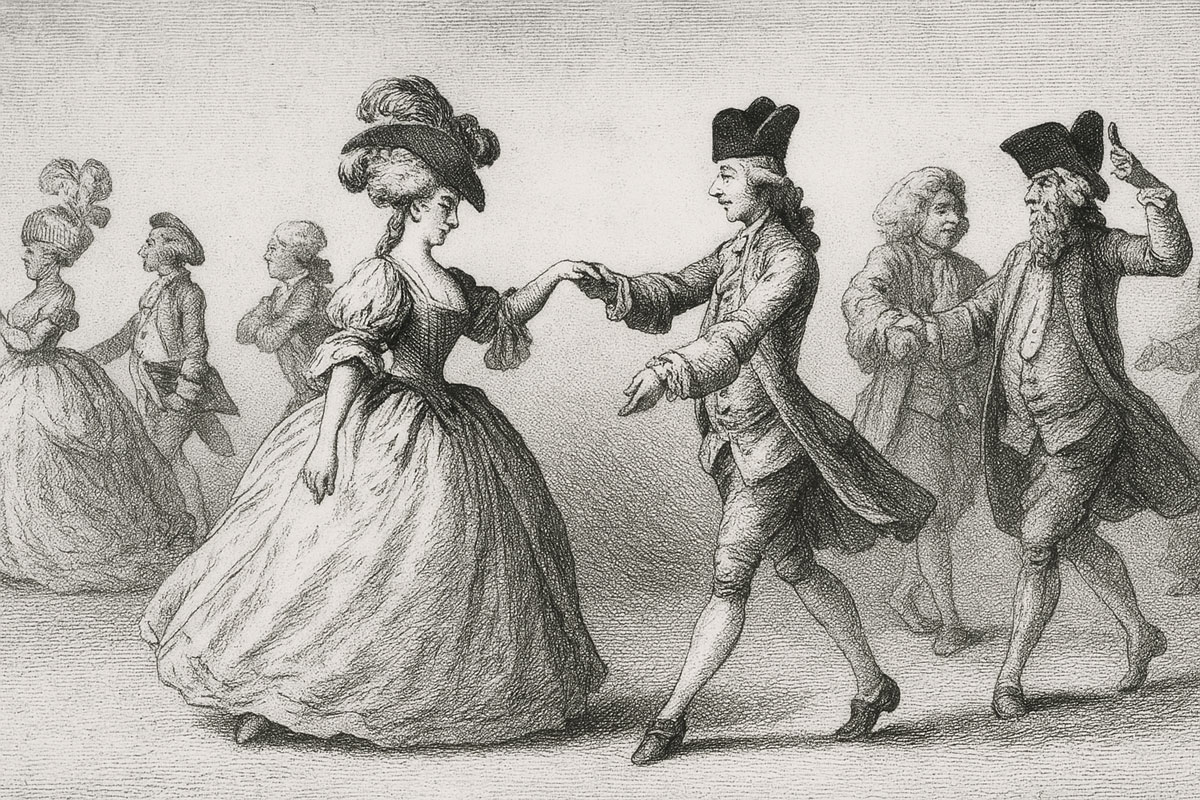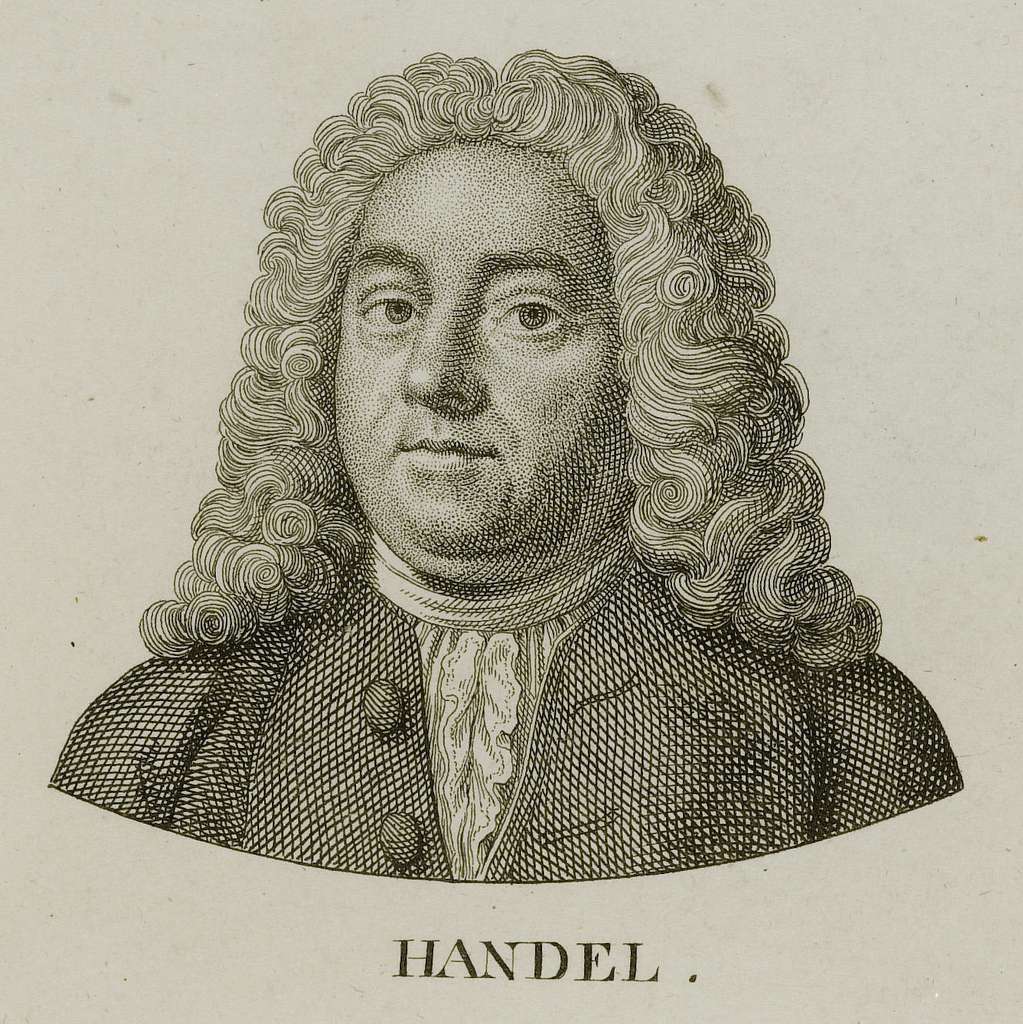
The Simplicity of Baroque vs. the Sophistication of Classical Music
Listening to Baroque music (1) feels like stepping into a world of graceful simplicity, where every note serves a clear purpose, unburdened by excessive ornamentation. Unlike the later Classical period, which brought a greater level of complexity, emotional depth, and dramatic contrasts, Baroque compositions like Handel’s (2) Minuet (3) in G Minor rely on structured patterns, elegant repetitions, and a dance-like quality that invites both reflection and movement. This minuet is a perfect example—deceptively simple yet rich in expression, a piece that stands the test of time not through grandeur, but through its refined beauty.
Handel’s Minuet in G Minor: A Timeless Dance
Composed by George Frideric Handel, Minuet in G Minor carries all the hallmarks of the Baroque era—clarity of melody, steady rhythm, and an inherent elegance fitting for courtly dances of the 18th century. Though Handel is best known for his grand operas and oratorios (4), his smaller keyboard pieces reveal an intimate side of his genius. This minuet, with its flowing phrases and balanced structure, demonstrates his ability to craft music that is both dignified and effortlessly charming. Originally written for harpsichord (5), it has since been adapted for various instruments, each version shedding new light on its delicate charm.

A Baroque Performance with Historical Instruments
One particularly striking performance of Minuet in G Minor is by Hanneke van Proosdij (6), who brings the piece to life with an authentic Baroque sensibility. The performance features three distinct period instruments: the Baroque Guitar (7), Viola da Gamba (8), and Baroque Recorder (9). Unlike their modern counterparts, these instruments produce a more delicate, nuanced sound, each contributing its own timbral beauty to the performance. The Baroque Guitar, with its plucked strings, lends a crisp and articulate texture, while the Viola da Gamba offers a warm, resonant tone distinct from the later Cello. The Baroque Recorder, more breathy and expressive than the modern flute, adds a lyrical quality that enhances the dance-like character of the minuet. Together, these instruments create a soundscape that transports the listener back to Handel’s time, reminding us of the elegance and charm that defined the Baroque era.
Footnotes
(1) Baroque music: A style of
Western art music from roughly 1600 to 1750, characterized by
elaborate ornamentation and dramatic contrasts.
go back
(2) G. F. Handel: A prominent
Baroque composer known for his operas, oratorios, and instrumental
works.
go back
(3) Minuet: A social dance of
French origin, often featured as a movement in classical music suites.
go back
(4) Oratorio: A large-scale musical
composition for orchestra, choir, and soloists, typically with a
narrative biblical theme, but performed without acting or scenery.
go back
(5) Harpsichord: A keyboard
instrument producing sound by plucking strings, central to Baroque
music.
go back
(6) Hanneke van Proosdij: A
contemporary musician specializing in historical performance,
particularly on instruments like the recorder.
go back
(7) Baroque Guitar: The Baroque
guitar was a five-course stringed instrument, popular from roughly
1600 to 1750, that played a significant role in the musical landscape
of the Baroque era, often used for accompaniment and solo pieces.
go back
(8) Viola da Gamba: A bowed,
fretted, and stringed instrument popular in the Renaissance and
Baroque periods, with a sound distinct from the modern viola.
go back
(9) Baroque Recorder: A wind
instrument of the recorder family, designed and used during the
Baroque era, with specific fingerings and tonal characteristics.
go back